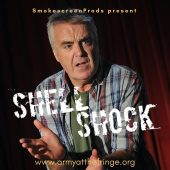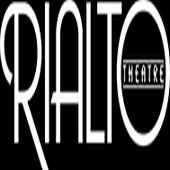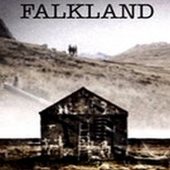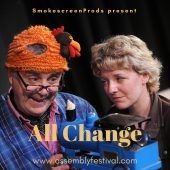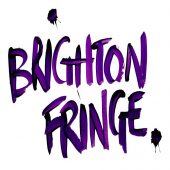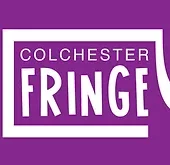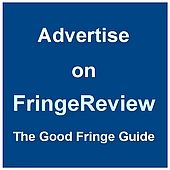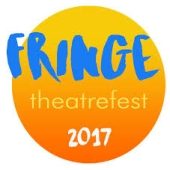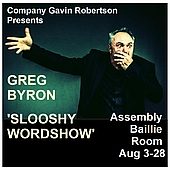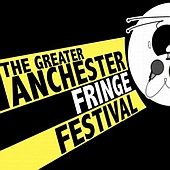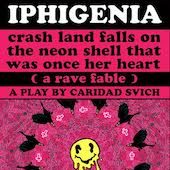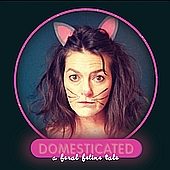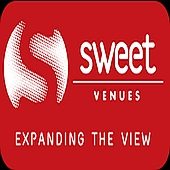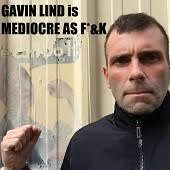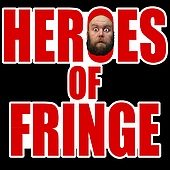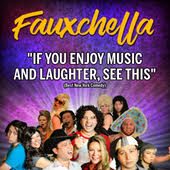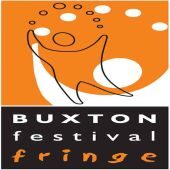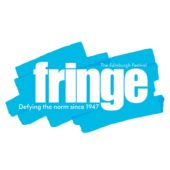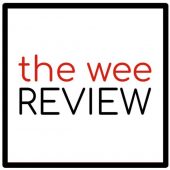Edinburgh Fringe 2025
A Paper Orchestra
Michael Jamin
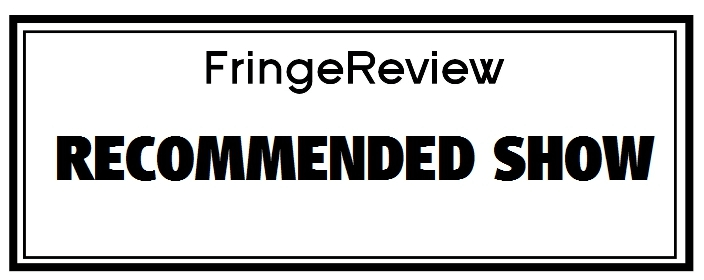
Genre: Solo Play, Storytelling, Theatre
Venue: C venues
Festival: Edinburgh Fringe
Low Down
In A Paper Orchestra, veteran TV writer Michael Jamin trades sitcom punchlines for prose, performing two essays from his collection with depth and a rare level of honesty. The result sits somewhere between a live reading and a solo play: stripped-back staging, vivid imagery, and reflections on childhood, parenting, and self-knowledge. It offers a quietly rewarding hour with a seasoned storyteller.
Review
Michael Jamin has spent nearly three decades as a Hollywood TV writer, shaping the voices of animated icons and sitcom characters for Beavis and Butthead, King of the Hill, Just Shoot Me, and Maron. But as he admits early on in A Paper Orchestra, those years left him with a blind spot: he knew his characters inside and out, but he didn’t really know himself. This show, drawn from his essay collection of the same name, is his attempt to close that gap. As someone who grew up watching Beavis and Butthead, I was pleasantly surprised to discover that’s a wide gap.
What he offers at the Fringe is prose-meets-stage, a piece that lives comfortably between The Edinburgh Festival Fringe and The Edinburgh International Book Festival. While most solo shows at the Fringe are written for the stage, tuned for theatrical beats and audience interaction, Jamin, by contrast, has taken prose essays and memorized them verbatim. The result is more like a memorized live reading performed with a writer’s cadence than a conventional solo play. There’s no set beyond a stool in a black box theatre. No props, no projections. Just a few sound and lighting cues, leaving the work to live entirely in the imagery of his writing and the precision of his delivery.
That simplicity in the staging turns out to be one of the show’s strengths. Jamin trusts the audience’s imagination to build scenes, which include a childhood backyard, a judo gym, and a neighbour’s dilapidated home. He sketches just enough detail to anchor us, but never over-paints. The restraint allows listeners to co-create the world with him, and it feels like a nod to Scotland’s long tradition of oral storytelling: one voice in a room, conjuring something much larger than itself.
Themes of intimidation and judgment run strong- how we shrink from things that scare us, and how easily we judge others and make assumptions about what’s best for them, especially in close relationships. In the first essay, Jamin reflects on childhood vulnerability and the pressures of masculinity; in the second, on how those same dynamics can resurface in adulthood, especially in parenting. He circles questions of when to push, when to protect, and what it means to truly see another person for who they are. He doesn’t offer answers. Instead, he leaves the dilemmas suspended in the air, letting the audience feel the tension between love, fear, and control.
As a performer, Jamin is not a polished actor. He is a writer inhabiting his own text, and the moments when he lets his body fully register the fear or shame of a memory, the prose sharpens into theatre. There’s a fight sequence where his physicality suddenly tightens, his voice speeds, his posture curls; in that instant, you no longer feel like you’re hearing a story, you feel like you’re in it. Later, when he shifts to adult life, the weight is quieter, but no less affecting.
If Jamin were to return to the Fringe with different essays from his collection, there’s room to experiment with how prose works on stage. He could adapt the text more fully into a solo play, trimming the “he saids” and “she saids,” or descriptive tags that performance alone can convey, so that the piece leans into theatre’s power to “show” rather than “tell.” Or he could go in the opposite direction, leaning even further into the literary quality by making the presence of manuscript pages and the book itself part of the staging. Imagine pages being handled, shifted, or even scattered, a literal “paper orchestra” that deepens the live-reading effect. In the performance I saw, a single sheet drifted from the ceiling onto the stage, likely by accident, but it almost looked like confetti; it felt like it belonged to the piece. Still, there’s something admirable about Jamin’s choice to let the words stand exactly as written, trusting that the storytelling itself is strong enough to carry.
What makes A Paper Orchestra rewarding is its depth. These are not sketches or anecdotes written to score quick laughs or applause breaks. They are essays of substance, layered with reflection on masculinity, parenting, vulnerability, and intimacy. They show a writer at midlife turning the gaze inward with honesty, and in a festival where so much work skims the surface, the richness feels like a gift.
For that reason, A Paper Orchestra earns the label of Recommended. It’s not yet a fully realized piece of stagecraft (being more literary reading than solo play) but the writing itself is excellent: rich, reflective, and rewarding. Audiences who lean in will find themselves in the hands of a seasoned storyteller willing to sit with life’s messier questions. That honesty makes this show a quietly distinctive contribution to the Fringe.


